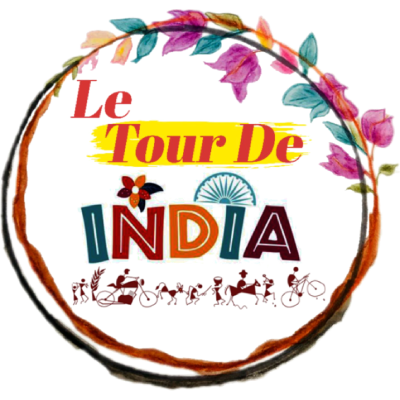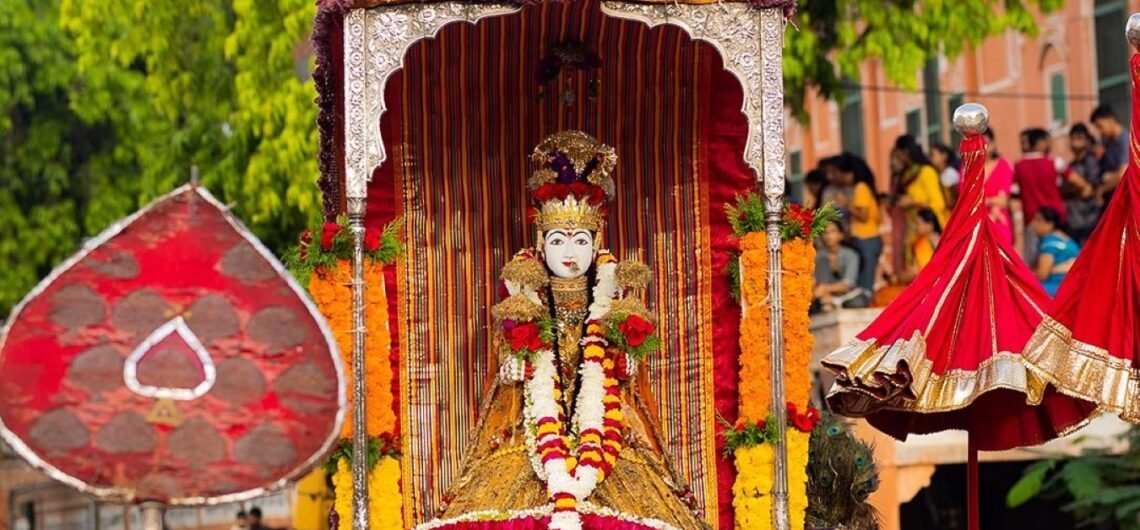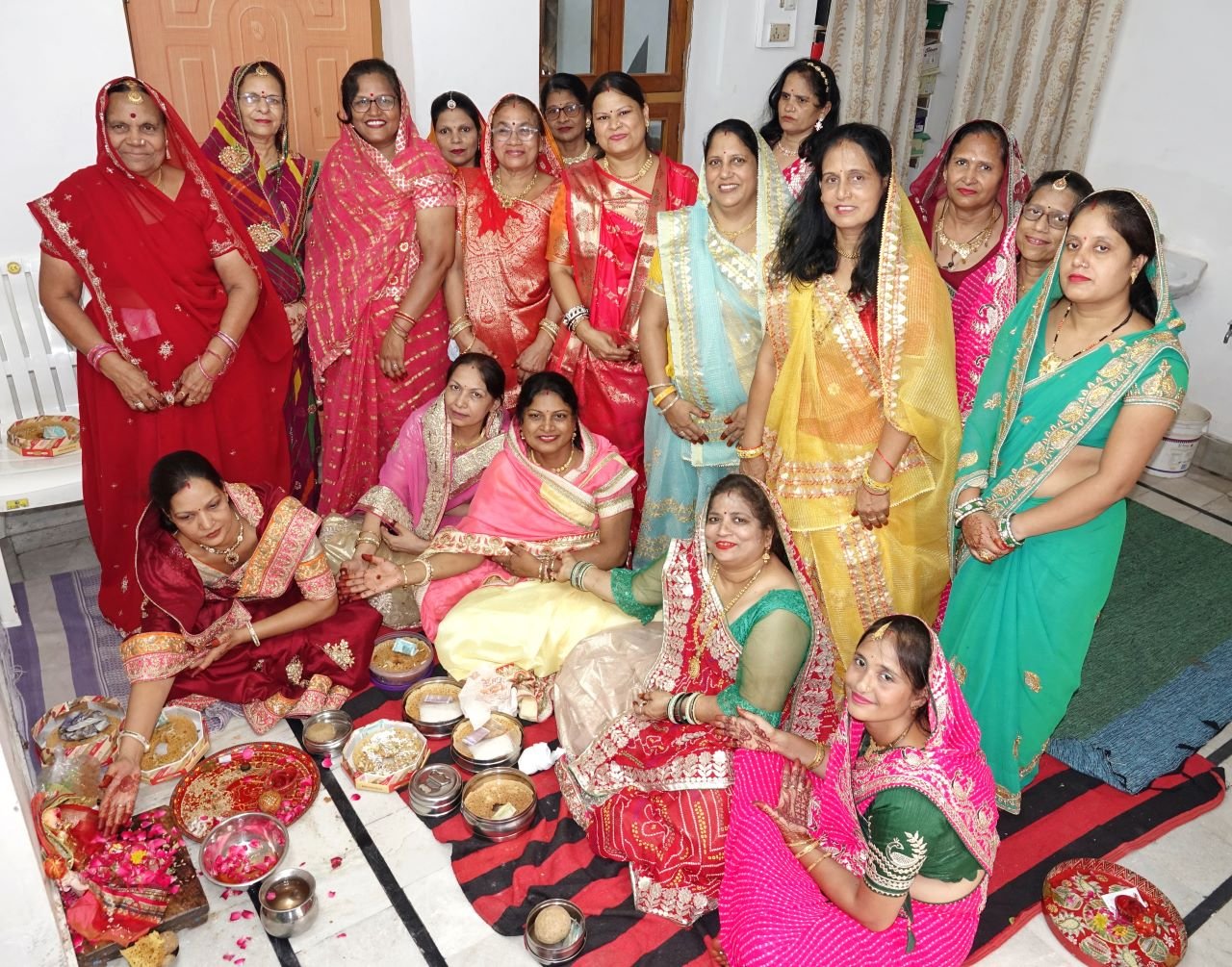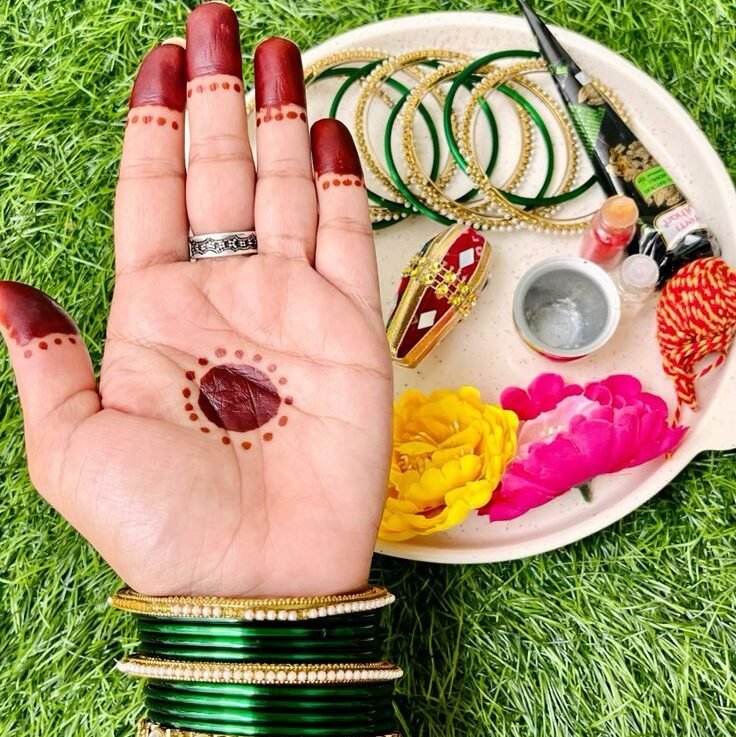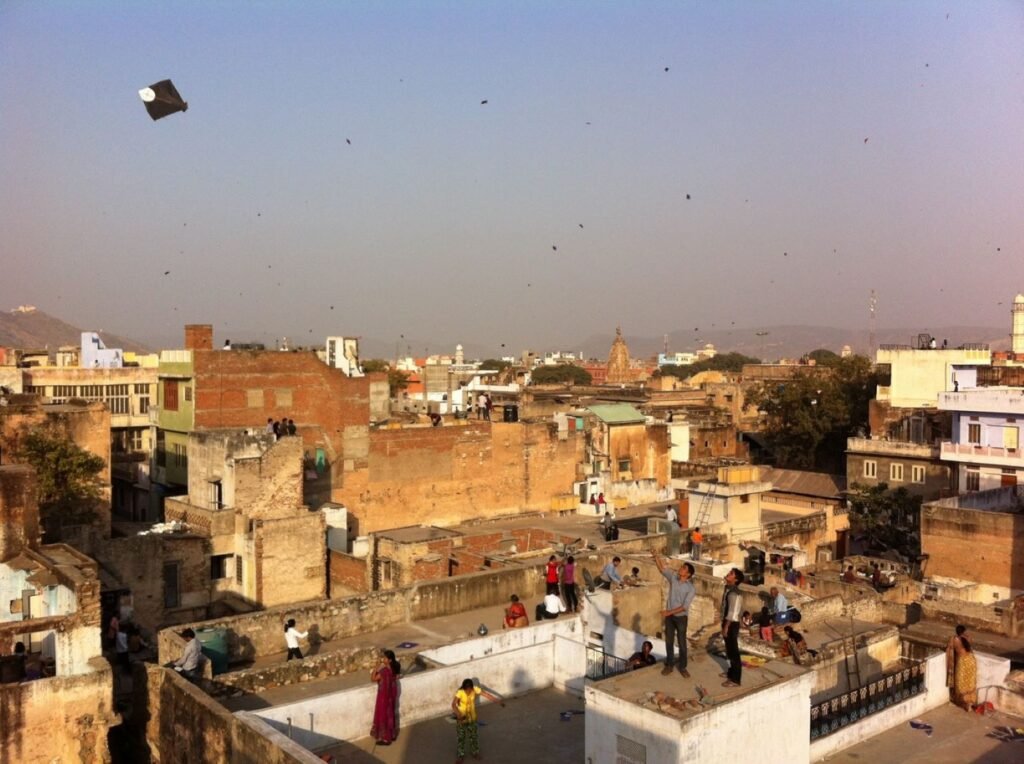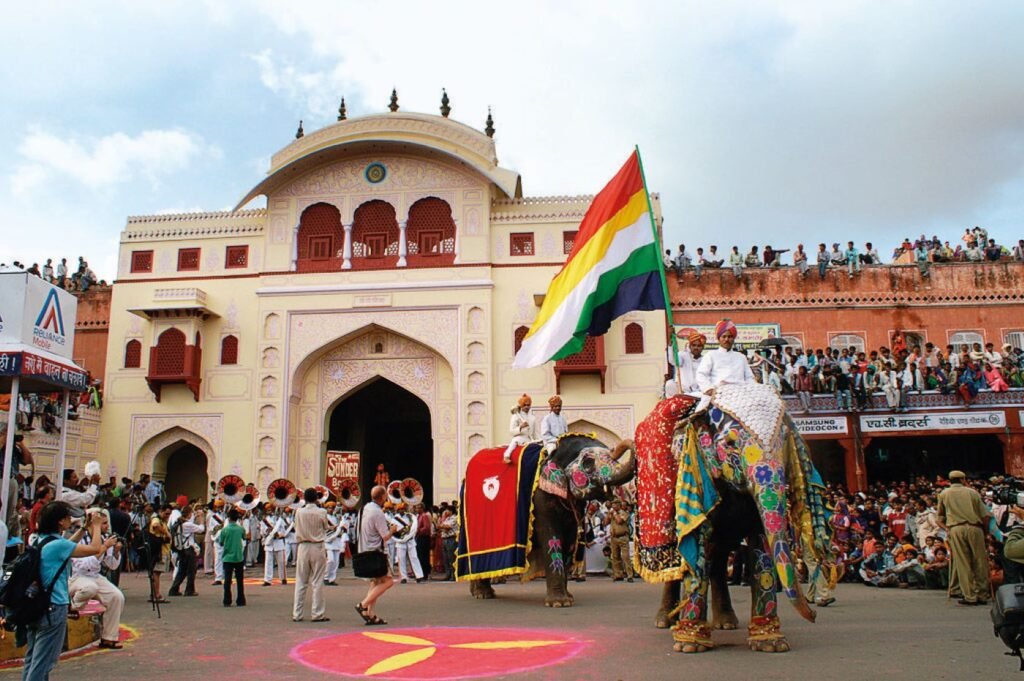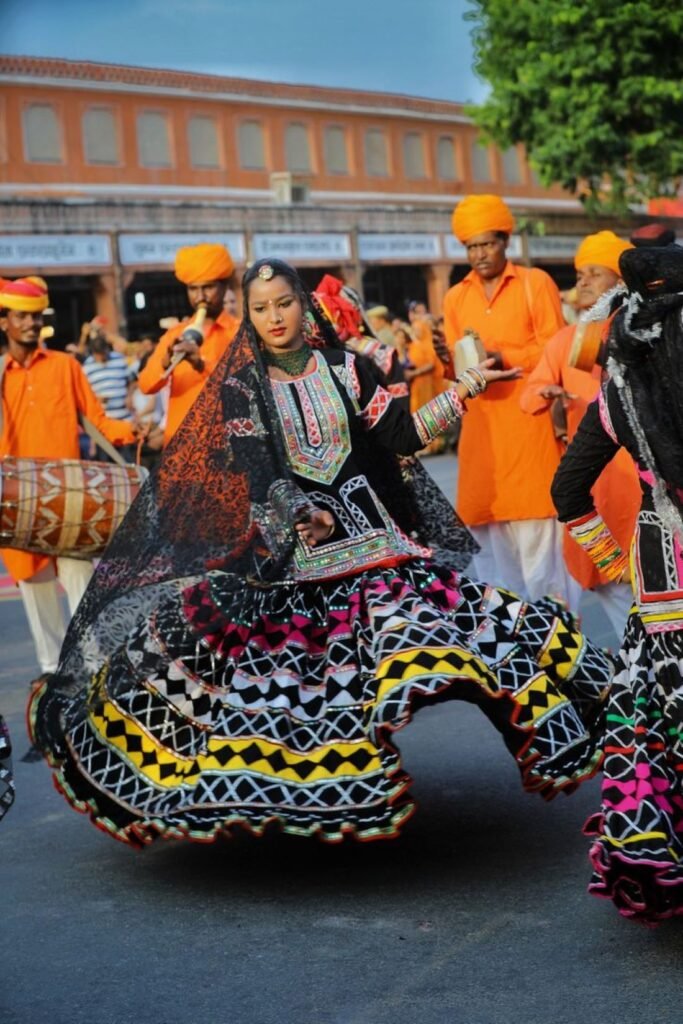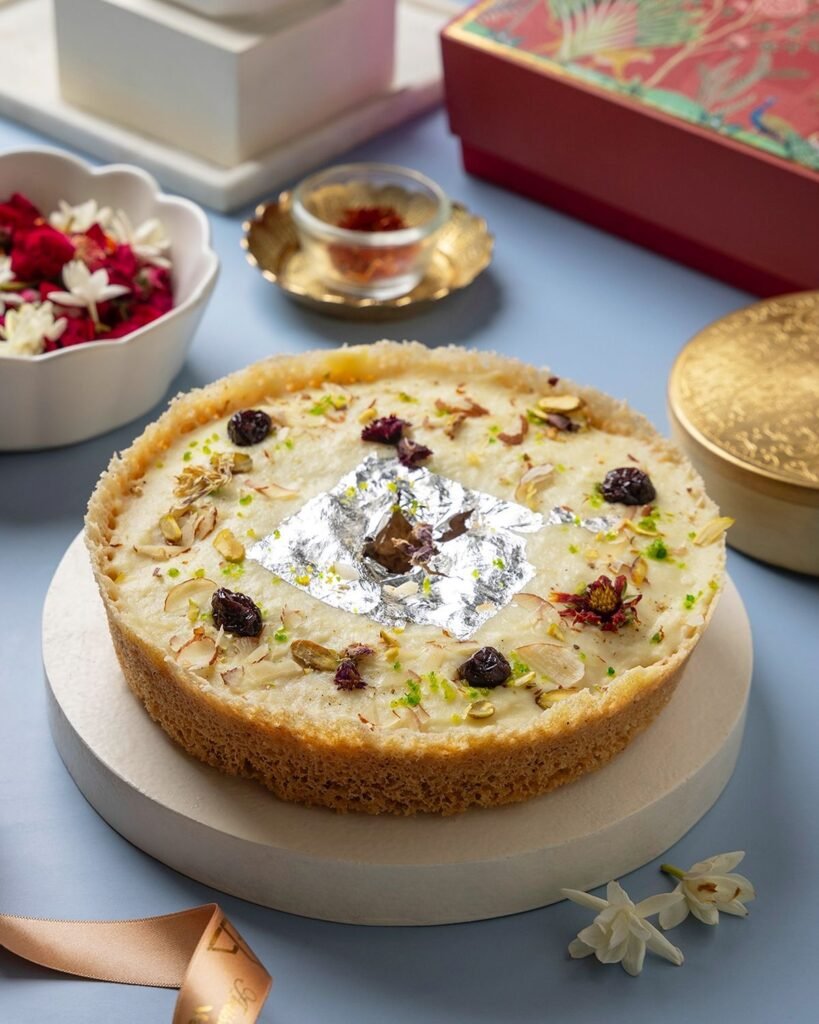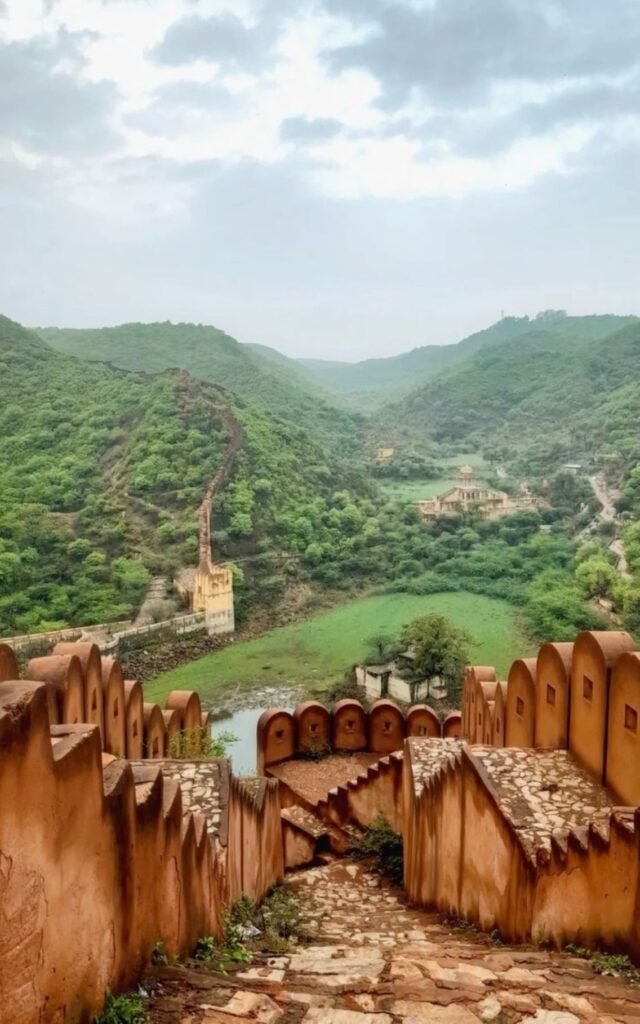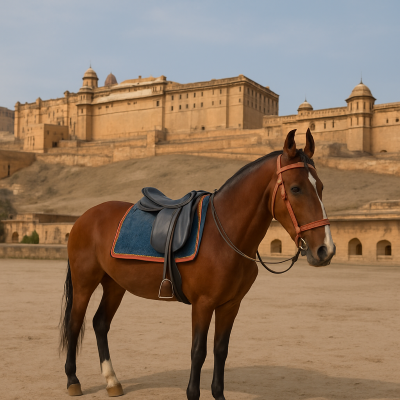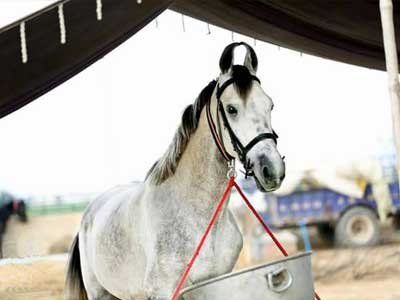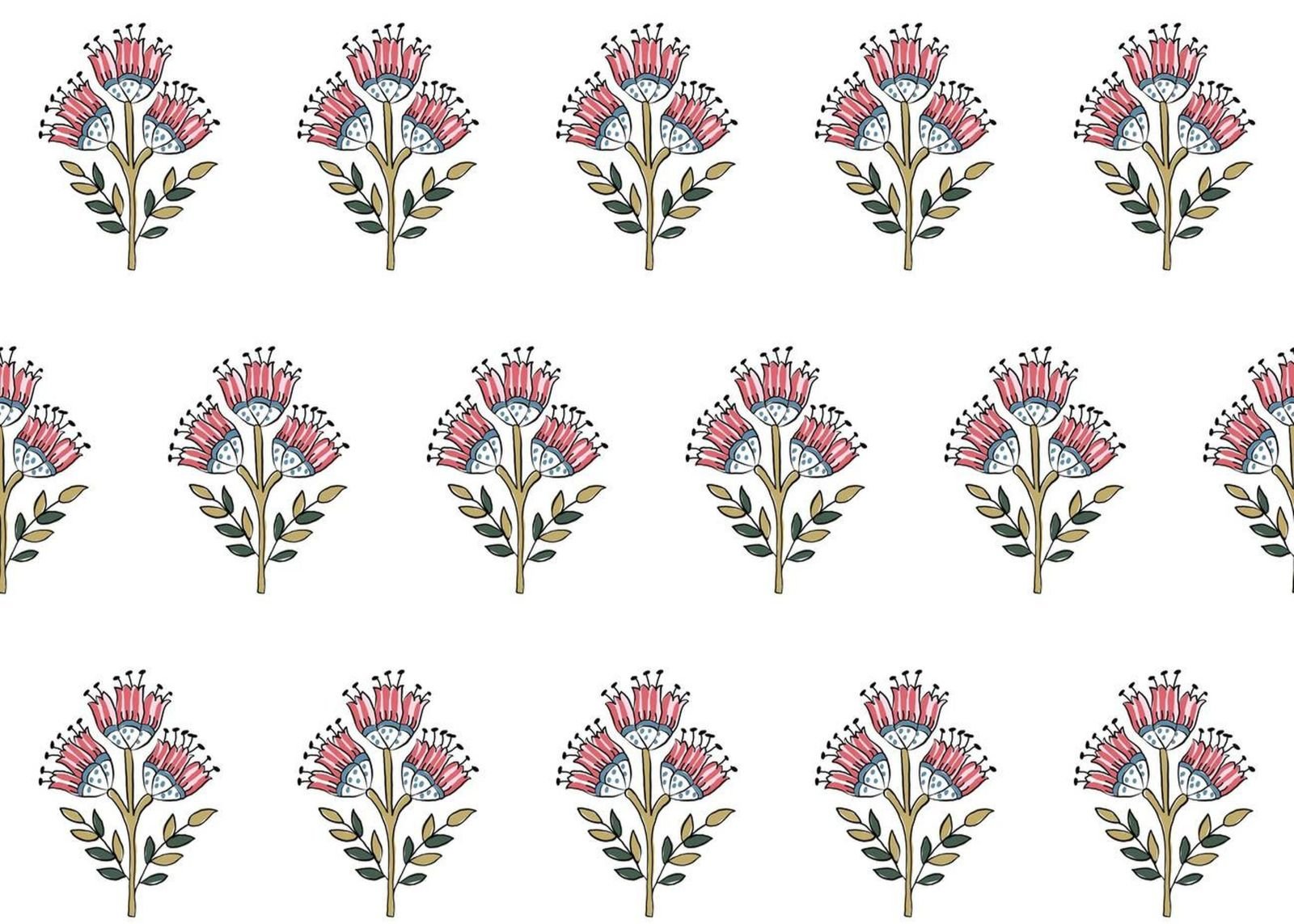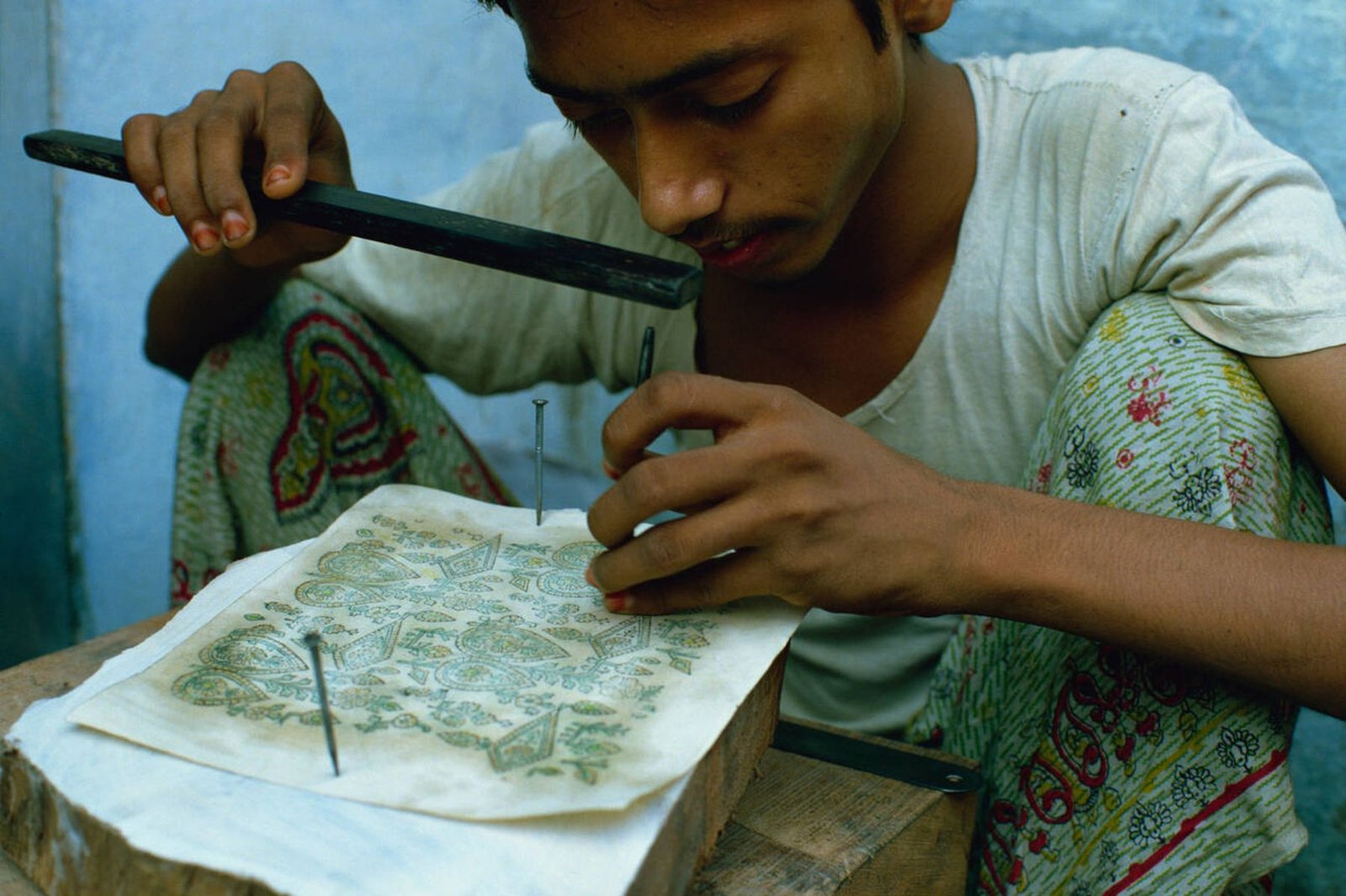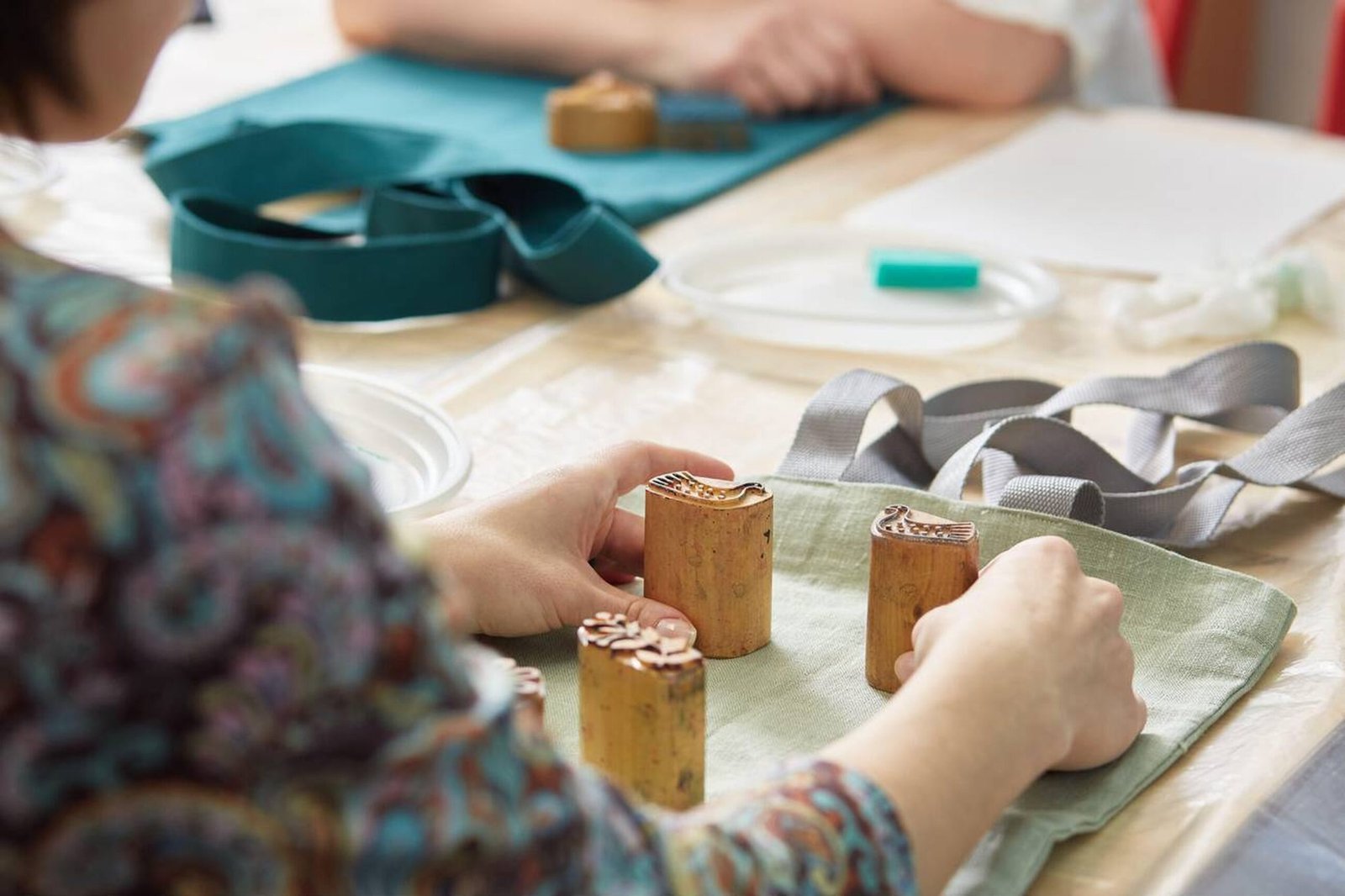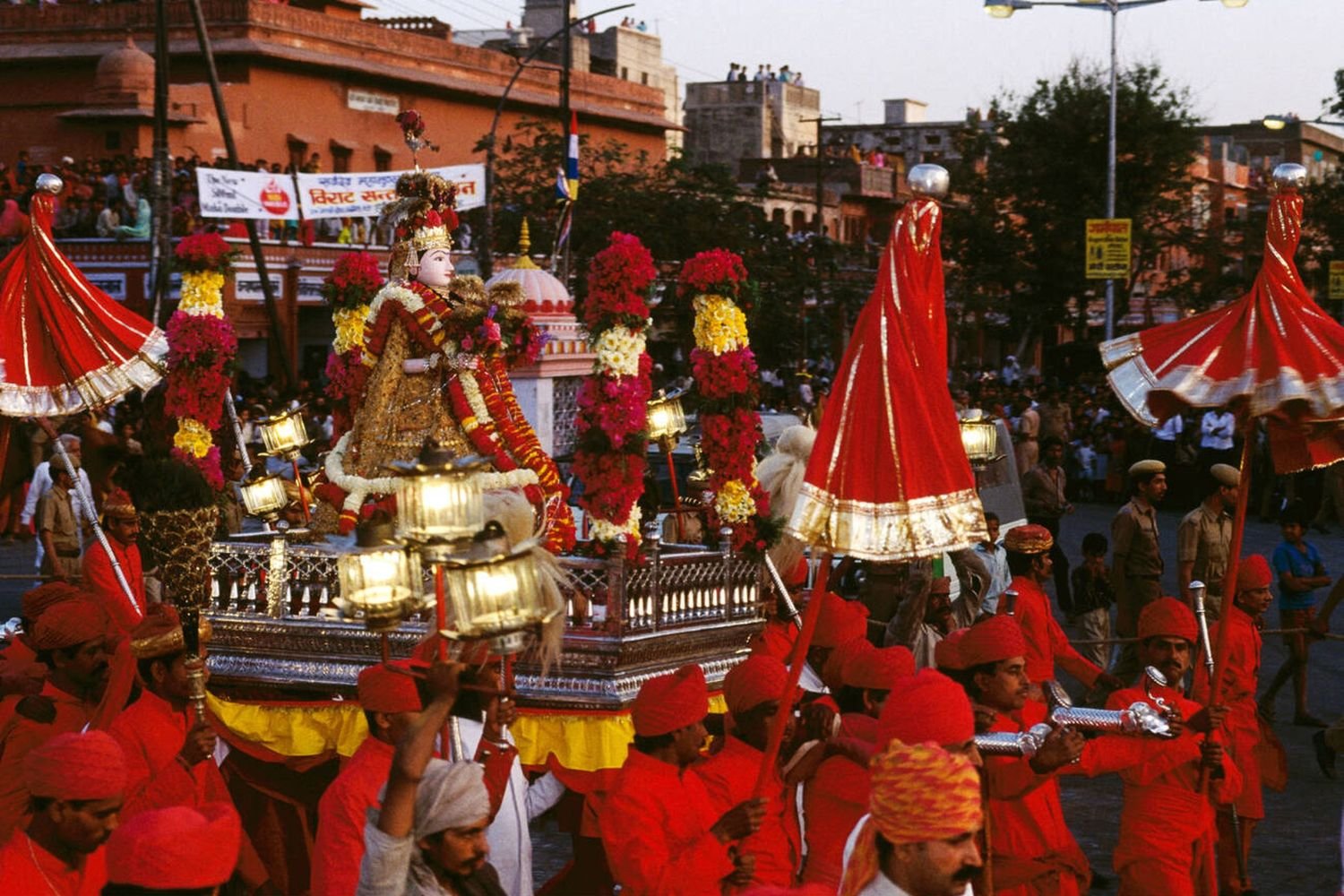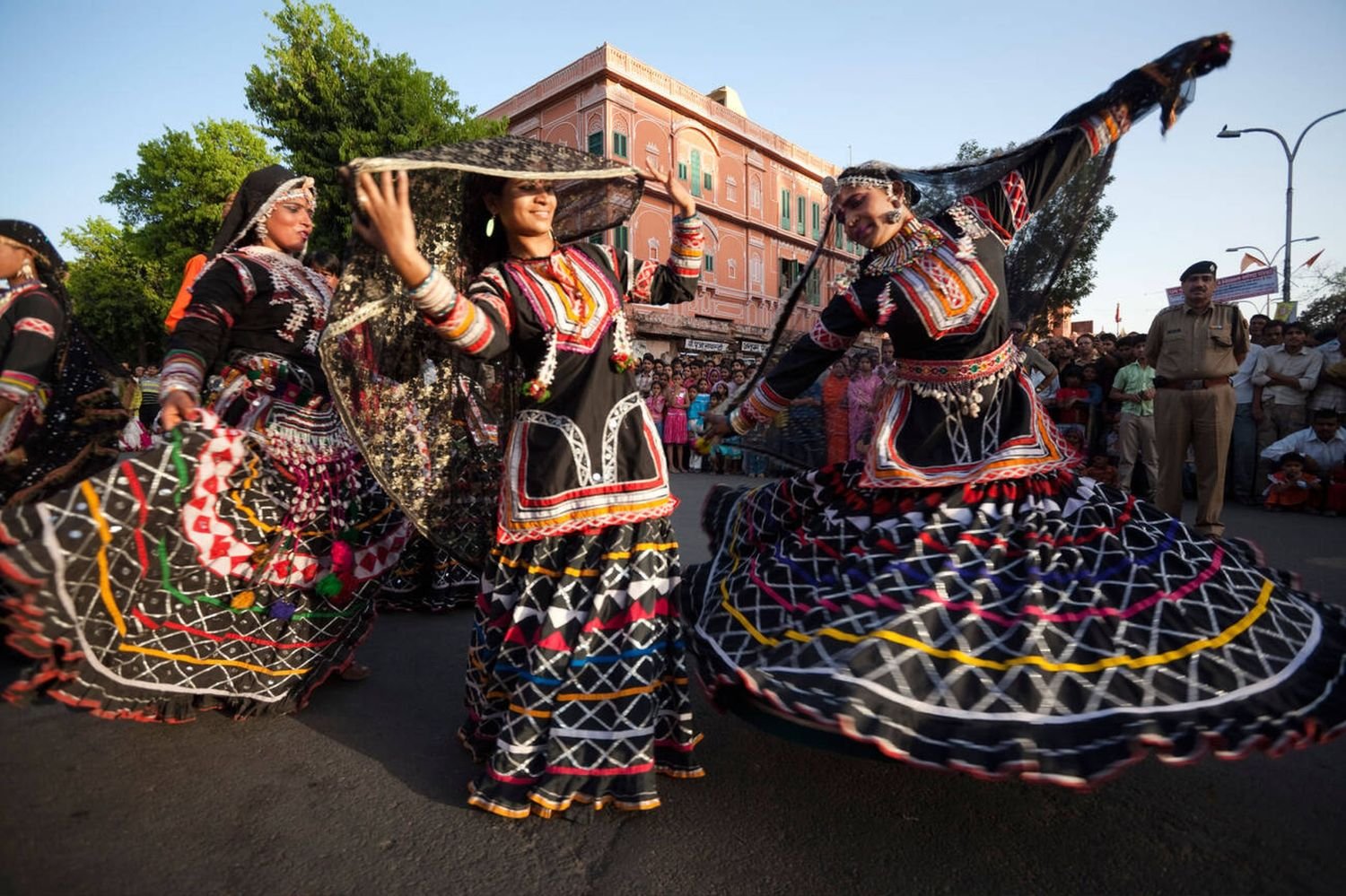“The essential joy of being with festivals is that they bring us in touch with our traditions, colors, stories, and community spirit.”
Welcome to the royal land of Rajasthan, where every festival is celebrated with unmatched enthusiasm, colors, and devotion. Among them, Teej Festival in Rajasthan holds a special place in every woman’s heart. Celebrated mostly in Jaipur, this monsoon festival is a beautiful blend of Hindu mythology, traditional customs, and vibrant local culture.
The Mythological Significance of Teej Festival
According to Hindu mythology, Teej marks the divine reunion of Goddess Parvati and Lord Shiva. After performing intense penance and taking 107 births, Goddess Parvati was finally accepted by Lord Shiva as his wife. Her unwavering devotion, love, and patience turned this union into a symbol of true marital bliss.
That’s why this festival is considered highly auspicious for women. It is believed that if a woman prays to Teej Mata (Goddess Parvati) with a pure heart on this day, she is blessed with a happy married life.
Teej Festival in Jaipur: A Cultural Spectacle
If you’re in Jaipur during the Teej Festival, you’re in for a royal treat! The highlight is the Teej Mata ki Sawari – a grand royal procession that passes through the lanes of Jaipur’s old city. Teej Mata is carried on a richly decorated antique palanquin, accompanied by traditional dancers, folk musicians, and decked-up elephants and camels.
The entire city comes alive with joy, color, and spirituality – a true display of Rajasthan’s royal festivals.
Celebrations of Teej Festival: Fun, Faith & Femininity
Teej isn’t just about rituals and fasting. It’s also a joyful celebration of womanhood and sisterhood. Here’s how women in Rajasthan celebrate the festival:
1️⃣ Swinging and Singing Under the Monsoon Sky
Women gather in gardens or courtyards, where beautiful flower-adorned swings are hung from trees. They take turns swinging and sing folk songs about the eternal love of Shiva-Parvati and the beauty of the monsoon season in Rajasthan. The whole place just buzzes with their happy voices and laughter – it’s really magical. It’s a lovely way for them to connect and celebrate being women, surrounded by nature.“
2️⃣ Mehndi & Shringar: The Beauty Ritual
A day before Teej, women apply intricate mehndi (henna) designs on their hands and feet as part of Teej Shringar. Married women often hide their husband’s name in the design – a fun ritual where husbands must guess where it is! It’s like a complete transformation, making them feel absolutely radiant and ready for the big day. Every little detail adds to the excitement and the beauty of the festival.”
They wear green bangles, colorful lehengas or sarees, and adorn themselves with traditional jewelry.
3️⃣ Kai Po Che! – Kite Flying for the Boys
While the ladies swing and sing, the boys aren’t left behind. On Teej in Jaipur, you’ll find rooftops full of boys flying colorful kites. The sky turns into a rainbow, and the sound of “Kai Po Che!” echoes when one kite cuts another. It’s a lively, friendly competition that adds so much energy to the celebrations. This vibrant scene truly captures the playful spirit of Teej for everyone!
Teej Festival in Rajasthan
Teej is celebrated mainly during the monsoon season, especially in Rajasthan, Uttar Pradesh, and Madhya Pradesh. In Rajasthan, it’s mostly women-centric but enjoyed by the whole community. There are three main types of Teej:
- Haryali Teej (also known as Choti Teej)
- Hartalika Teej (sometimes referred to as Badi Teej)
- Kajali Teej
Choti Teej: This is another common name for Haryali Teej, especially in Jaipur, distinguishing it from the later, more rigorous Hartalika Teej.
Badi Teej: This term is sometimes used for Hartalika Teej, again to differentiate it from Haryali Teej.
Kajali Teej: This is a distinct Teej festival, though less widely celebrated across all of Rajasthan compared to Haryali and Hartalika. It’s particularly prominent in Bundi. It falls a few days after Haryali Teej, usually in the Krishna Paksha (dark fortnight) of the Bhadrapada month.
In Jaipur, the festival lasts for two days, with the old walled city fully decorated and the Teej procession drawing in thousands of locals and tourists.
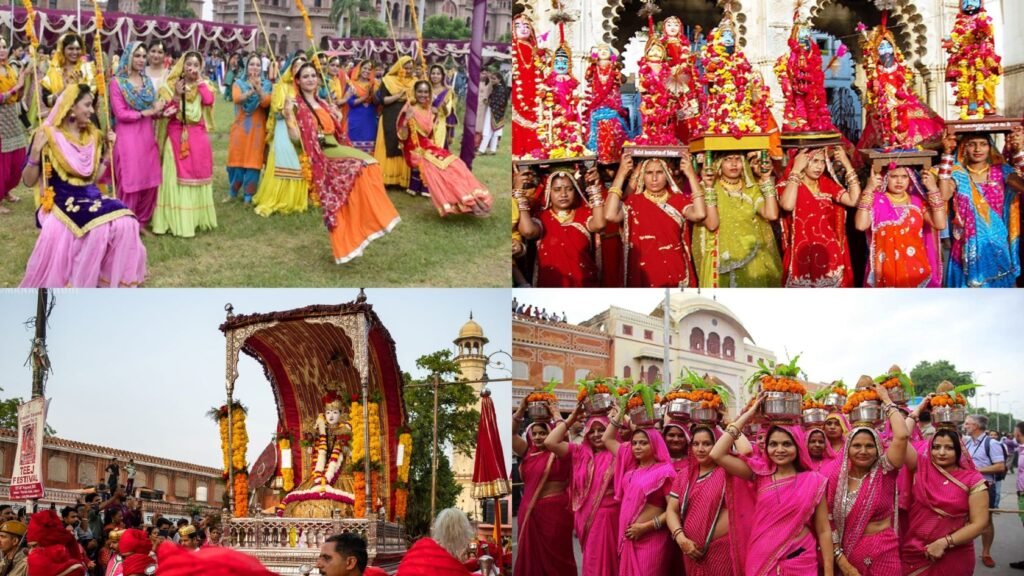
How was your experience of Teej festival and what did you explore in Jaipur
Whether you’re a traveler looking for authentic cultural experiences in Rajasthan or a local who loves traditions, Teej Festival in Jaipur is a must-experience.
Where and when will the Teej procession be organised
This time in Jaipur, the Teej procession will be organised for two days. This procession will depart from the Zenana Deori of the City Palace . It will go to Paurik Park via Tripolia Bazaar and Choti Chaupad. This procession will include palanquins, bullock carts along with Rajasthani musicians and folk dancers. A wonderful view of Rajasthan’s culture will be seen in this procession. Along with this, a women-centric craft and cultural fair will be organized by the tourism department.
Celebrate Teej with Le Tour De India
Teej isn’t just a festival – it’s a feeling.
It’s about love that never gave up, devotion that stood strong, and the strength and beauty of womanhood. With the monsoon breeze in the air, colorful clothes, music, dancing, and traditions — Teej brings people together in the most joyful way.
At Le Tour De India, we don’t just show you the sights — we help you live the experience.
So, if you’re planning a trip to Rajasthan during the rainy season, don’t miss the Teej Festival in Jaipur.
Come celebrate with us, be part of the traditions, join the fun, and feel the soul of Rajasthan.
💫 Join us – and take home not just memories, but a story worth sharing.
